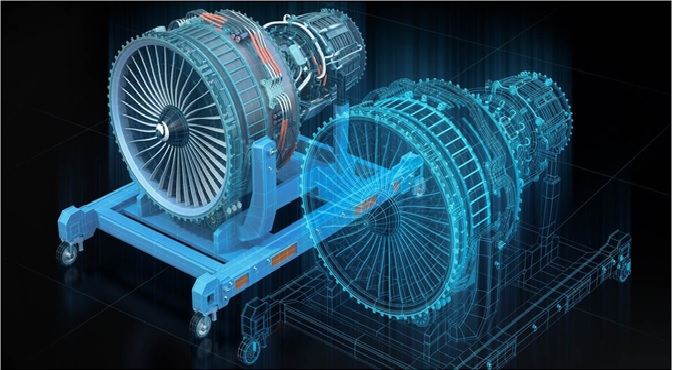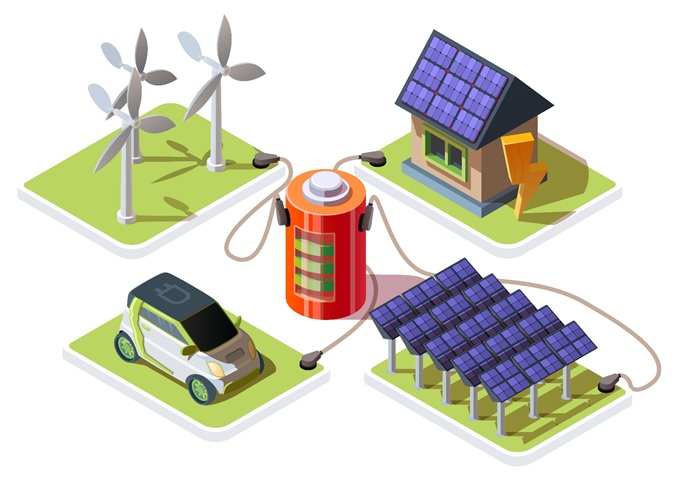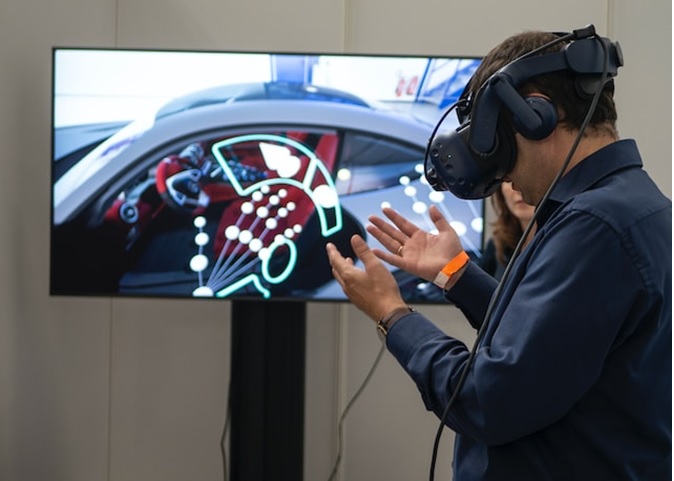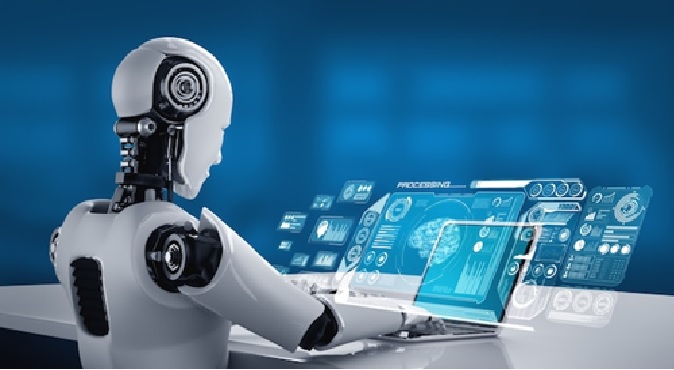Wearable Technology
Wearable devices have become increasingly popular over the past few years, with new innovations constantly emerging. Here are some of the latest developments in wearable technology:
- Health and Fitness Tracking: Wearable devices for health and fitness tracking have become more advanced, with features such as heart rate monitoring, blood oxygen level tracking, sleep tracking, and activity tracking. Some devices can also track more specific health metrics, such as blood sugar levels for people with diabetes.
- Smartwatches: Smartwatches have become more advanced and can now perform many of the same functions as smartphones, including making calls, sending texts, and accessing apps. They also have health and fitness tracking features, as well as smart home integration and mobile payments.
- Augmented Reality Glasses: Augmented reality (AR) glasses have been in development for several years, but the latest models are smaller, more comfortable, and more affordable. AR glasses overlay digital information onto the real world, allowing users to interact with digital objects in a more natural way.
- Smart Clothing: Smart clothing integrates technology into clothing to track health and fitness metrics or to monitor posture and movement. Some smart clothing can even adjust its temperature to keep the wearer comfortable.
- Virtual Reality Headsets: Virtual reality (VR) headsets are wearable devices that create a fully immersive digital experience. The latest models have higher resolution displays, improved motion tracking, and better audio.

Figure 1. Wearable Devices
Figure 1 shows the different types of wearable devices. Here are some of the key reasons why wearable technology is in high demand:
- Convenience: Wearable devices are convenient because they are always on and always accessible. Users can access information, make phone calls, and track their health and fitness without having to carry around a separate device.
- Personalization: Wearable devices can be personalized to the user's preferences and needs, allowing them to track their health and fitness goals or receive alerts and notifications that are relevant to them.
- Health and Fitness Tracking: Wearable devices have become popular for health and fitness tracking because they allow users to monitor their progress and make data-driven decisions about their health and fitness.
- Efficiency: Wearable devices can help users be more efficient by allowing them to multitask and stay connected while on the go.
- Safety: Wearable devices can also provide added safety features, such as emergency alerts and location tracking, that can help users stay safe in emergency situations.
With the wider use of wearable technology, enterprises see wearable computing as one of the biggest opportunity to drive efficiency and improve communication and workflow. Like mobile technology, wearable technology is looked upon as a disruption in the world of business, however, the growth and popularity of a technology always comes with concerns on the risk that it brings on data security and privacy. According to a report by Pricewaterhouse Cooper, 86% of users expresses concerns on the use of wearables and the risk of data security breach. Companies should have very strong policies and procedures in place before introducing wearable technology for the company usage. [1]
Overall, wearable technology is constantly evolving, with new innovations emerging all the time. The latest developments focus on integrating more advanced health and fitness tracking features, making devices more comfortable and convenient to wear, and creating more immersive digital experiences.
References:
- https://www.happiestminds.com/insights/wearable-technology/
Cite this article:
Hana M (2023), Wearable Technology, AnaTechMaz, pp.204















